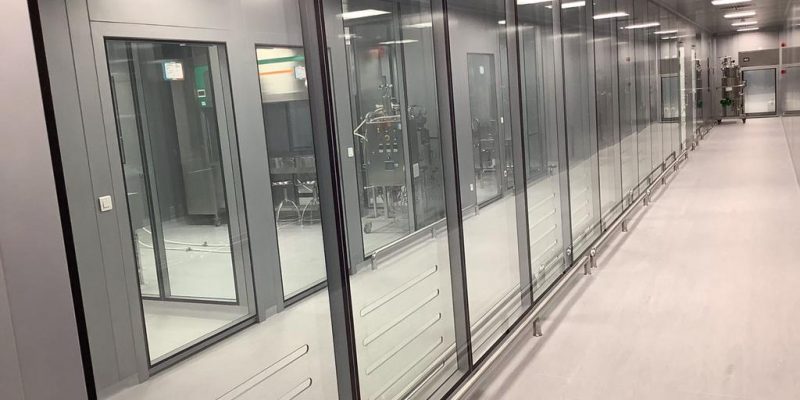Cleanrooms are using high air-recirculation rates and energy-intensive processes, which makes them up to 100 times as costly to operate compared to commercial facilities. On top of this, they operate 24 hours a day, seven days a week, making their electricity demand to constantly contribute to peak utility system demand.
Drawing on our extensive experience in energy use in cleanrooms which we have installed, we have successfully combined energy efficiency and functionality and performance of cleanrooms, embracing a holistic approach to designing energy efficiency into the requirements of cleanrooms. This way we provide our clients with a working environment that both meets Good Manufacturing Practice (GMP) requirements and helps them improve their energy efficiency.
To minimize construction and operating costs, we are introducing energy optimization at the earliest phase of the cleanroom design process. We determine the initial and projected loads in cleanrooms – to minimize pressure drop in air and water-based subsystems, since this design parameter has unarguably the greatest impact on power requirements. For this purpose, we use lower-face-velocity air-handling units, low-pressure-drop filters and optimally designed ductwork and air paths, including open plenums. Other important aspects that we pay special attention to in our cleanroom designs are adjusting air-change rate, and maximizing exhaust-system efficiency, which are important targets in our efforts to save energy considering their continuous operation.
However, simply following best practices is not enough. Design and right decision making which involves all stakeholders are important issues to be addressed. For this reason, we closely coordinate with our clients during the design process, to make sure we keep the team “on the same page”, and to clarify the rationale for key design decisions. Additionally, we incorporate a comprehensive quality-assurance process into the projects and ensure that all staff operating in the facility receive training that includes proper operation of energy-efficiency features.

